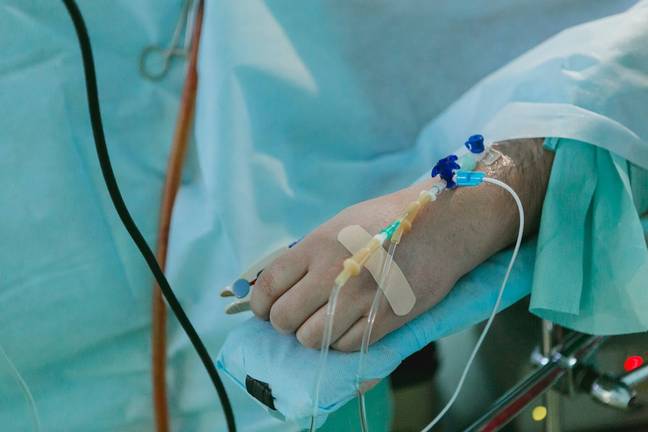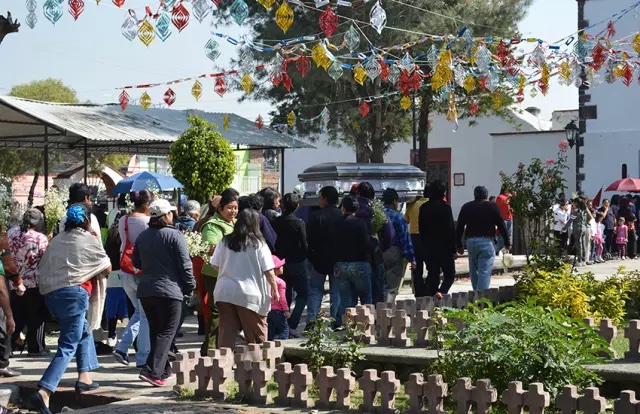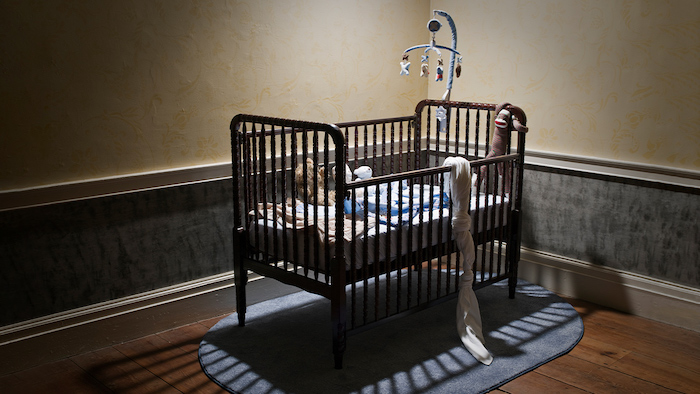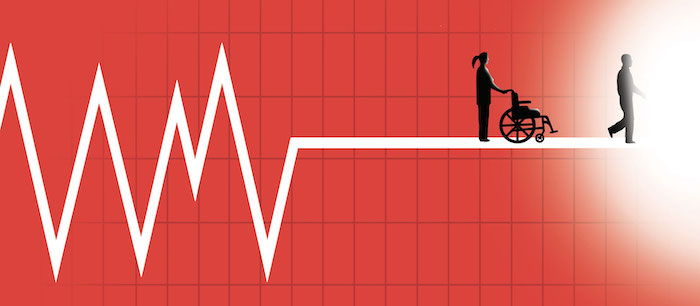— How to talk to pediatric patients without lying
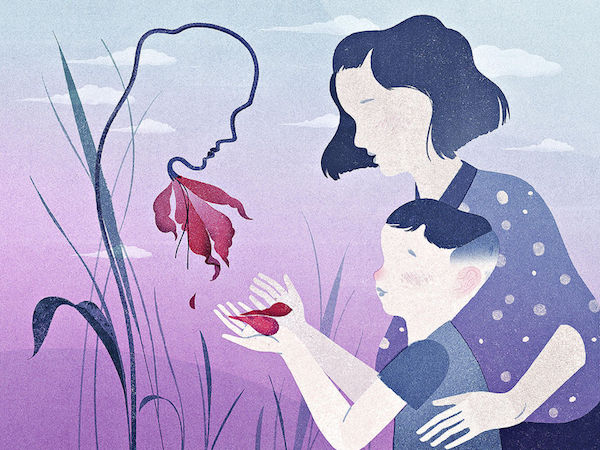
By Rebecca Morse, PhD, MA
More than ever these days, we aren’t able to hide death from children. Whether we’re addressing their fear around school shootings, natural disasters, grief from family members lost during the COVID-19 pandemic, or concerns about their own illness, it’s impossible to shield kids from bearing witness to illness and death — nor should we. So, at the very least, as healthcare professionals we need to be able to talk to them about it in the most helpful way possible, with clarity, compassion, and honesty.
Often, when we are asked to work with grieving or terminally ill children, these patients come hand in hand with caretakers who have struggled to adequately explain what has or is going to happen. And that’s not surprising — it’s not easy to know the right way to talk to kids about death. In many cultures we are relearning how to talk to adults in a post-modern medically advanced world. We use euphemisms and dysphemisms: people “pass away” after a “long illness” or “kick the bucket.” We use softening and distancing language to compartmentalize death and reduce its universality and inevitability. But death is not a four-letter word, to be whispered in hushed tones. It has five letters — and when it comes to attempting to shelter our children from these harsh realities, are we preserving innocence or ignorance?
Numerous researchers have explored death and dying from a child’s perspective: Myra Bluebond-Langner, PhD, worked with children with leukemia; Maria Nagy, PhD, and Gerald Koocher, PhD, MA, studied how children grow to understand death, and others have attempted to map a child’s death comprehension onto social-emotional and cognitive developmental stages. And while this research is important and necessary, it isn’t particularly helpful if you are sitting across from a child who is looking to you for answers, and you are torn between using adult-focused language or blurring the truth behind analogies, such as comparing death to being asleep, cancer to being like a bad cold, or telling a grieving child that their loved one died because “God needed another angel.”
Most adults would undoubtedly agree that protecting children is one of those implicit rules of caretaking. Yet, as others have recently written, when we prevent children from experiencing the world around them as amateur scientists, we also prevent them from learning key coping skills that will build resiliency during their lifetime.
Children do need reassurance. William Worden, PhD, identified key questions that children — whether they are grieving or dying — need answers to:
- Is it my fault?
- Is it going to happen to you?
- Is it going to happen to me?
- Who will take care of me?
Synopsi
Trying to understand fault is natural. An infant in a highchair quickly learns the laws of cause and effect when they drop spoons or food on the floor and the family pet eats it, or mum and dad retrieve the objects only to find the objects quickly airborne again. And again, and again. Thus, it is only natural that when something scary or bad happens, kids want to understand what came before. Therefore, being clear about what you do know is important. As a child develops death comprehension (which often comes from experience and through social learning), they also begin to understand that death can happen to anyone. Here, reassurance could look like explaining what you do know — using language at their cognitive level, without using flowery language. I liken this to how you might answer a child who asks, “Where do babies come from?” You wouldn’t (I hope!) tell a 3-year-old about insemination or a 15-year-old that “the stork brings them.” Similarly, any relevant medical technicalities about the dead/dying loved one or child should also be age-specific. Are they receiving medicine? As a shot or a pill? Will the medicine give them a tummy ache? Will their hair fall out? The last question, “Who will take care of me?” is particularly crucial; a dying child needs reassurance they aren’t alone, and that the grown-ups are going to do what they can to make sure they are comfortable. A grieving child needs to know there is a plan in place to ensure they are safe, and that someone knows how to wash and mend their favorite stuffy or will help them with their homework.
Circling back to the title, some readers may have deep nostalgia and fond childhood memories of the mythical characters that bring presents or reward lost teeth; they may recall how they gradually came to understand what was real and what wasn’t, or some horrifying slumber-party where they learned the truth from a friend’s older sibling. But unlike candy, presents, and money left behind, when we don’t share what is happening with children about death and dying as it’s happening, they lose an opportunity to observe how the adults around them might use adaptive coping techniques. They lose the chance to process the information along the way in smaller “chunks.” When we deny kids the opportunity to learn, we betray their trust and model that it’s acceptable to lie when something hurts or is uncomfortable.
If a family member (or the child) has a terminal illness or has been in an accident, explain to the child that the person is sick/injured, and we are going to try to help them get better, but that it might not work. If a treatment stops working, tell them. If death is imminent, tell them. Give the child an opportunity to say goodbye whenever possible. For younger children who might be unable to go to the hospital, you could have them draw a picture or write/dictate a letter for the person. You are helping them adapt, not stealing their childhood. One of the things we need to emphasize when working with families is that even though the child may not have an adult conceptualization of what death is, they do recognize that something is happening and that the adults around them are hiding the truth from them. In the absence of concrete knowledge of what is going on, their imaginations work overtime as they attempt to fill the gap in their understanding. Therefore, children should be given developmentally appropriate honesty. An unknown something is always scarier than a known thing.
P.S. Dying is also a five-letter word, for those of you counting.
Complete Article ↪HERE↩!


